Staying Fit
Diet can have long-term effect on eye health and there is evidence that good nutrition is important for protecting eyes as we age. Studies have connected a diet rich in antioxidant and anti-inflammatory foods with reduced risk of the most common age-related eye diseases including cataracts, diabetic retinopathy and age-related macular degeneration. Following are foods packed with the vitamins and minerals you need to help protect your eyes.


AARP Membership— $12 for your first year when you sign up for Automatic Renewal
Get instant access to members-only products and hundreds of discounts, a free second membership, and a subscription to AARP the Magazine.


1. Blueberries
These violet-hued gems are rich in anthocyanins, potent antioxidants that bolster collagen structure in the retina and provide extra vision protection, notes Johanna Seddon, M.D., an expert on macular degeneration and coauthor of Eat Right for Your Sight. They also may improve vision in people with normal tension glaucoma, a form of the disease that damages the optic nerve. If you spend a lot of time in the sun, anthocyanins can protect your retina against damage from UV light exposure. You’ll also get anthocyanins from other purple, blue and dark red foods like red or purple grapes, blackberries, pomegranates and cranberries.


2. Dark Chocolate
Here’s a guilt-free reason to indulge in a chunk of dark chocolate today: A 2018 study published in JAMA Ophthalmology found that adults who ate a bar of dark chocolate could literally see better — with greater improvements in visual clarity and visual contrast sensitivity— about two hours afterward than those who consumed milk chocolate. Even if your Dove bar doesn’t sharpen your vision, the flavonoids found in dark chocolate may help improve vision in people with glaucoma as well as reduce the risk for macular degeneration. But consume in moderation, or you’ll have other health issues to worry about!

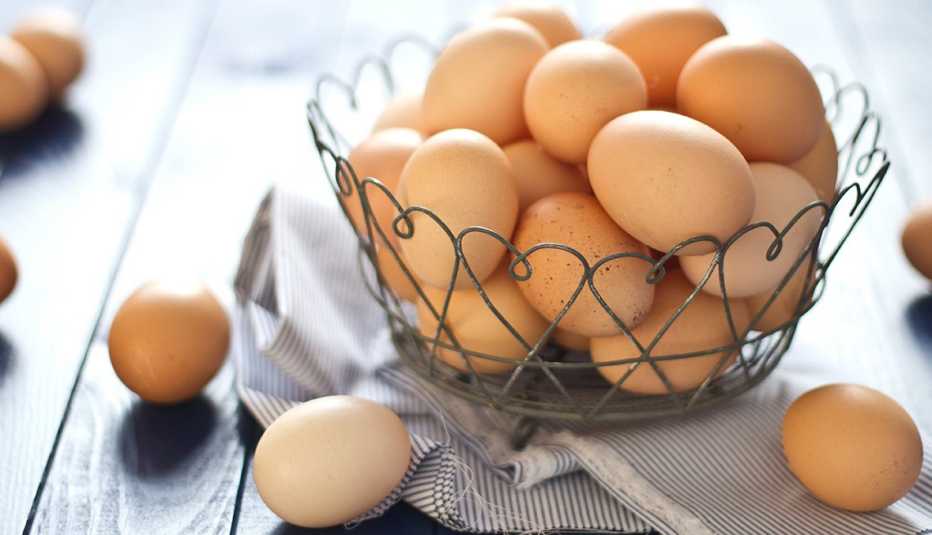
3. Eggs
Egg yolks are loaded with the same powerful eye-protecting antioxidants, lutein and zeaxanthin, that are found in leafy green vegetables, notes Marguerite McDonald, M.D., clinical professor of ophthalmology at NYU Grossman School of Medicine. The beauty of getting them in your omelets is that the high fat content in eggs means that you can easily absorb all that antioxidant goodness. A 2020 study in the journal Clinical Nutrition found that people who consume two to four eggs per week have a significantly lower risk of developing late-stage age-related macular degeneration than those who consume one egg or less per week over 15 years. Egg yolks are also a rich source of choline, which plays an important role in eye health, and vitamin D, which may also help protect against macular degeneration.

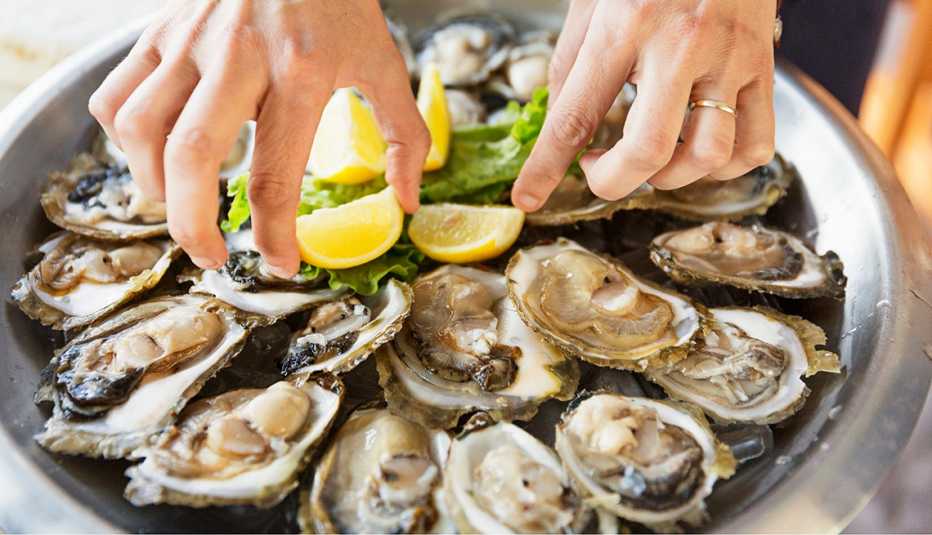
4. Oysters
Shellfish like oysters are among the best sources of the mineral zinc, which protects the eyes against the damaging effects of sunlight, McDonald notes. In high doses, zinc also appears to slow the progression of macular degeneration once you have early stages of the disease. But you don’t need more than the recommended dose — 8 milligrams a day for women and 11 milligrams a day for men. Oysters deliver more of the mineral than any other food, but you also can get plenty of zinc from lean red meat, poultry, beans, legumes and fortified cereals.





























































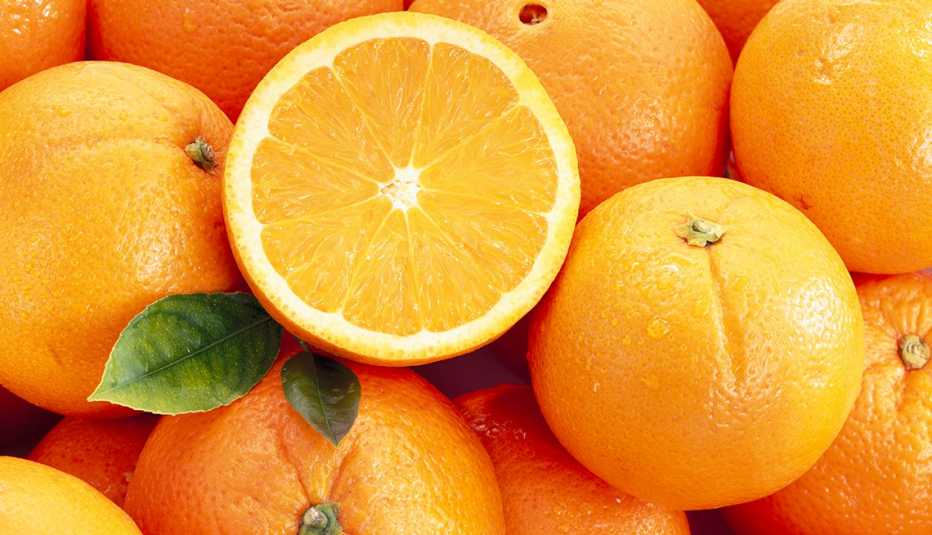
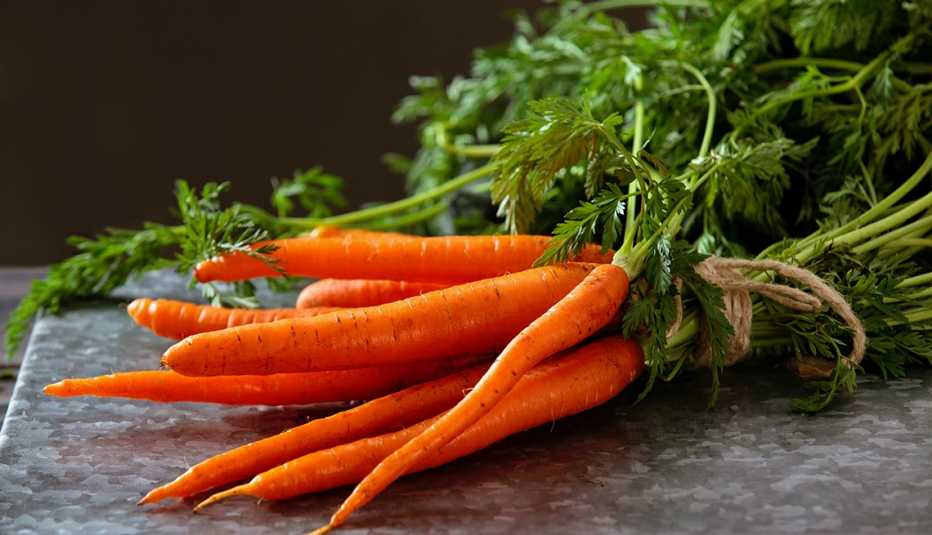



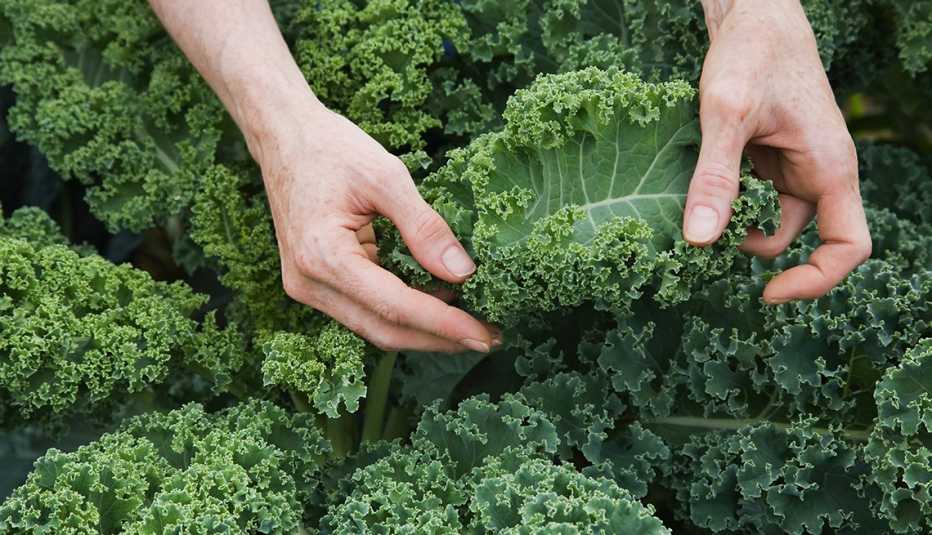
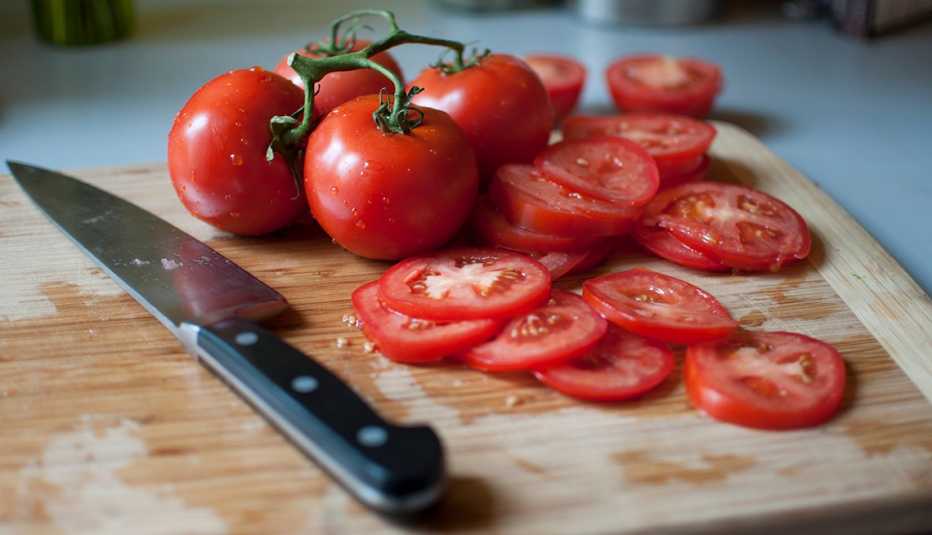






More From AARP
4 Types of Eye Drops and How to Use Them Safely
These can help with dryness, redness, allergies and irritation
6 Best Vitamins for Eye Health
Find out which nutrients are essential for protecting vision
9 Reasons You Should Visit an Eye Doctor
Be sure to schedule routine exams to maintain healthy vision